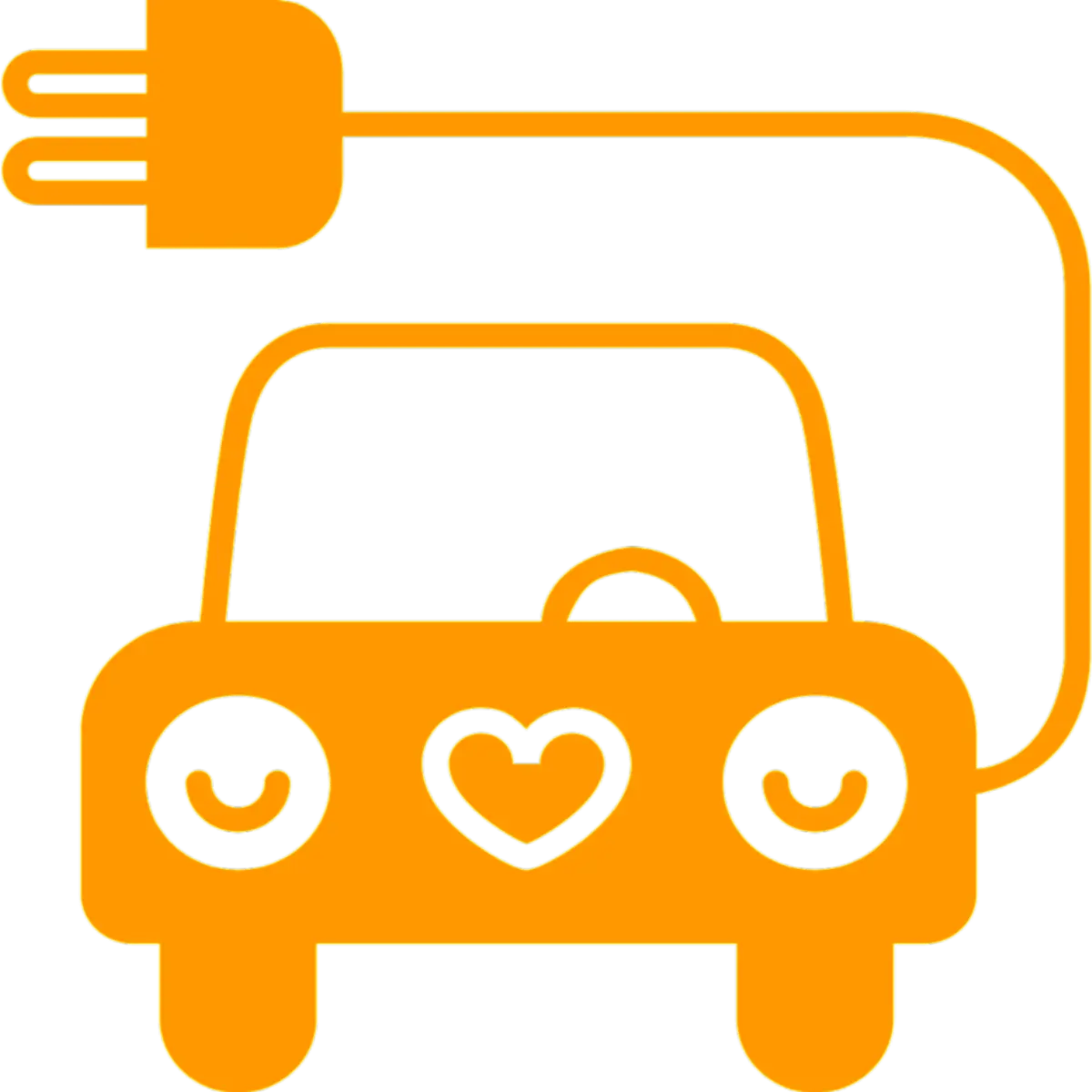Rivian and the Volkswagen Group’s joint venture now has a name and a launch date. Rivian and VW Group Technology, LLC—or, Rivian and Volkswagen Group Technologies, for short—kicks off Wednesday.
The EV startup and automotive juggernaut announced their intentions to make a deal in June. Now the tie-up is actually happening, and the companies have revealed some key details. One big one: Initially, Volkswagen said it would invest $5 billion into Rivian to leverage the startup’s expertise in vehicle software and electrical architectures. Now that’s up to $5.8 billion.
The venture will be jointly run by Rivian’s Chief Software Officer, Wassym Bensaid, and Carsten Helbing, Volkswagen Group’s CTO. They’ll serve as co-CEOs. It’ll be based in Palo Alto, California, to start. Three more sites are in development North America and Europe, the companies said on Tuesday.
Through the deal, Volkswagen’s brands will benefit from the underlying technology Rivian has developed—namely, vehicle software and electrical architectures. That’s something Volkswagen has struggled to build in-house for years. And it’s increasingly important, as automakers look to create “software-defined vehicles” that offer satisfying user interfaces, seamless over-the-air updates and paid subscription features.
Together, Rivian and VW will develop “next-generation electrical architecture and best-in-class software technology for both companies’ future electric vehicles, covering all relevant vehicle segments, including subcompact cars,” the companies said in a press release. Rivian’s upcoming R2 will use technology from the joint venture. Volkswagen didn’t specify any models, but since we know VW is working on an electric ID. Golf, that—and subsequent smaller cars—could make use of this technology.


This was an interesting tidbit:
It’s something we don’t necessarily think about as much, but these are small things that have a big impact on cost and weight. I remember one of the big savings on GM’s Ultium platform came from switching to wireless battery control units using chips from Analog Devices. It saved weight by eliminating control wires and greatly reduced labor on assembling the battery packs. The wireless chips were a little more expensive but more than paid for themselves in the other savings.
Makes me think we’re getting to a point where cars will stop working in high-noise environments and troublemakers can set up car jammers to block cars from driving in an area